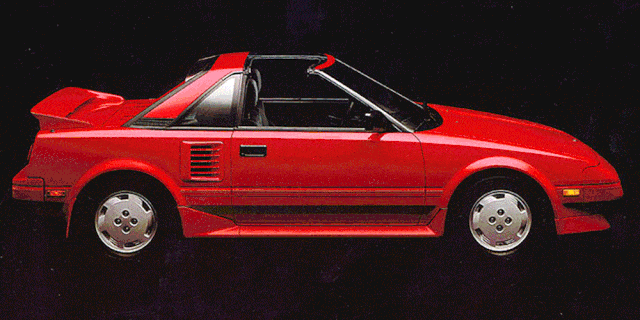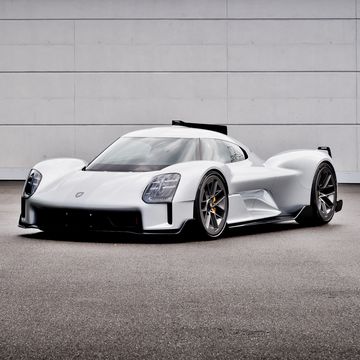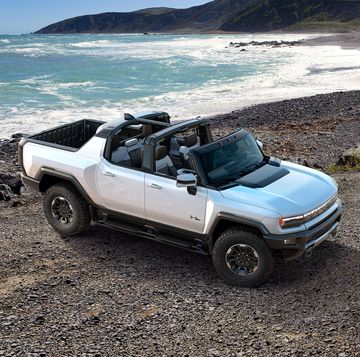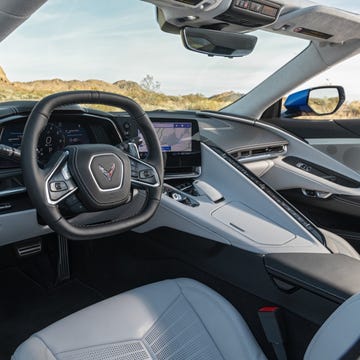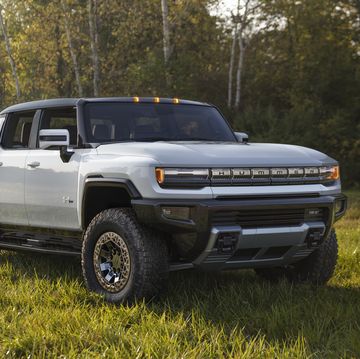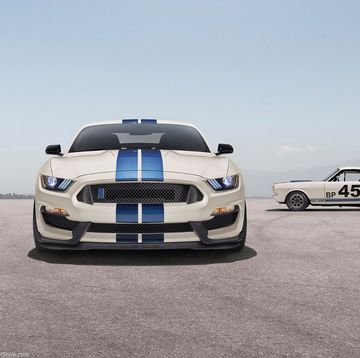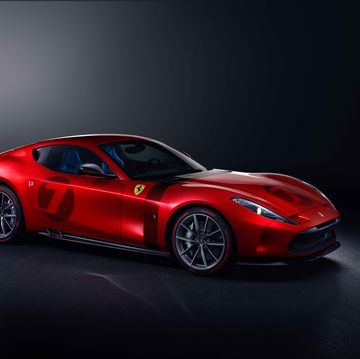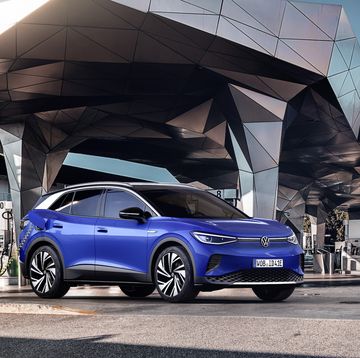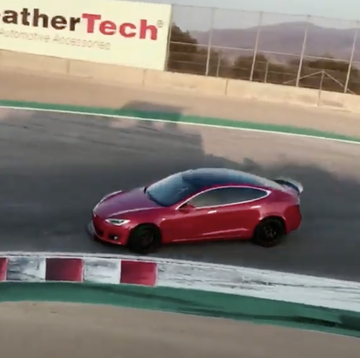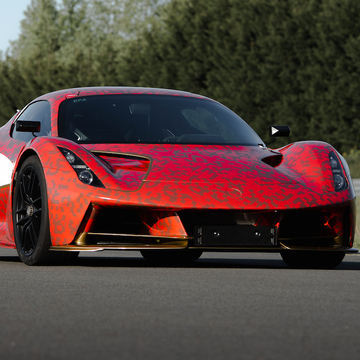Toyota is working hard to get back into the minds of enthusiasts. After 16 years without a high-performance sports car, the automaker is bringing back the Supra nameplate on an impressive rear-drive coupe. Once that's settled, the next vehicle in line could revive one of two famous Toyota models: Celica or MR2.
That's what I learned from Masayuki Kai, Assistant Chief Engineer on the Supra project, during my drive of a Supra prototype this week. "We want to have Celica back, we want to have the MR2 back," Kai told me. "The biggest was Supra. Supra was number one, the biggest demand from the market," he continued. "Now that we've brought Supra back, what will come next depends on the market needs."
Kai hinted that the Celica could return as an all-wheel drive compact performance coupe to compliment the rear-drive Toyota GT and Supra. Or perhaps the mid-engine MR2, if a business case can be made. "Or maybe it could be a completely different model," Kai said. "We'll have to wait and see."
Kai points out that today's market makes it more challenging to introduce niche, small-volume performance models. "Sports car are becoming more and more expensive to develop," he told me. "So a single company cannot afford to invest in all the tooling for parts and components, because the volume of sports car is quite small. A sports car requires a lot of specific components that you cannot share with other cars. The suspension components we're using on the Supra, you can't use on a sedan like Camry or Corolla. And as you know, all the homologation issues are also getting more and more complex and difficult."
One potential solution would be to forge another sports car partnership along the lines of Toyota's cooperation with BMW on the Supra and Z4 "I'm quite sure if we did not make this cooperation, they could not have brought the Z4 back on the market alone," Kai told me. "And without their cooperation, we would never have been able to bring back the Supra. So it's clear for us, we needed this partnership."
How, then, does a small automaker like Mazda continue to produce the MX-5 Miata without relying on a partnership with another automaker? I posed the question to Kai. "Maybe if you're developing sports cars over a very, very long time, like Mazda, you have to know how to make it cheaper," he said. "I believe they have a lot of know-how, gathered throughout the development of the MX-5." By contrast, Toyota hadn't been involved in the high-performance sports car market for over a decade. Unlike Mazda, which has been developing the Miata for nearly 30 years, Toyota's clean-sheet new Supra couldn't rely on recent experience in making sports cars.
"I believe there are a lot of things we need to learn from Mazda," Kai told me. "They never stopped developing the MX-5. They continuously developed that car. If you don't do this—like Toyota, stopping the Supra for 16 years—it's extremely difficult to bring it back."

Bob Sorokanich previously served as deputy editor of Road & Track Magazine. He is based in New York City.
